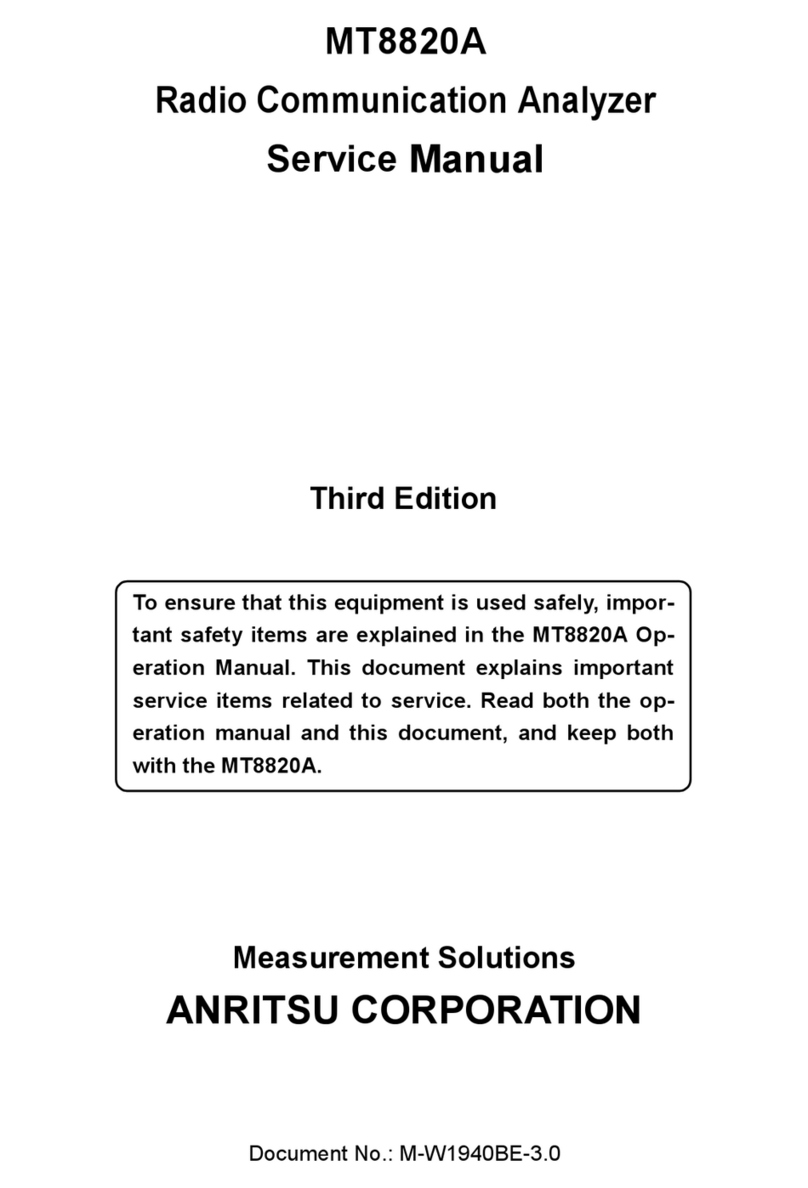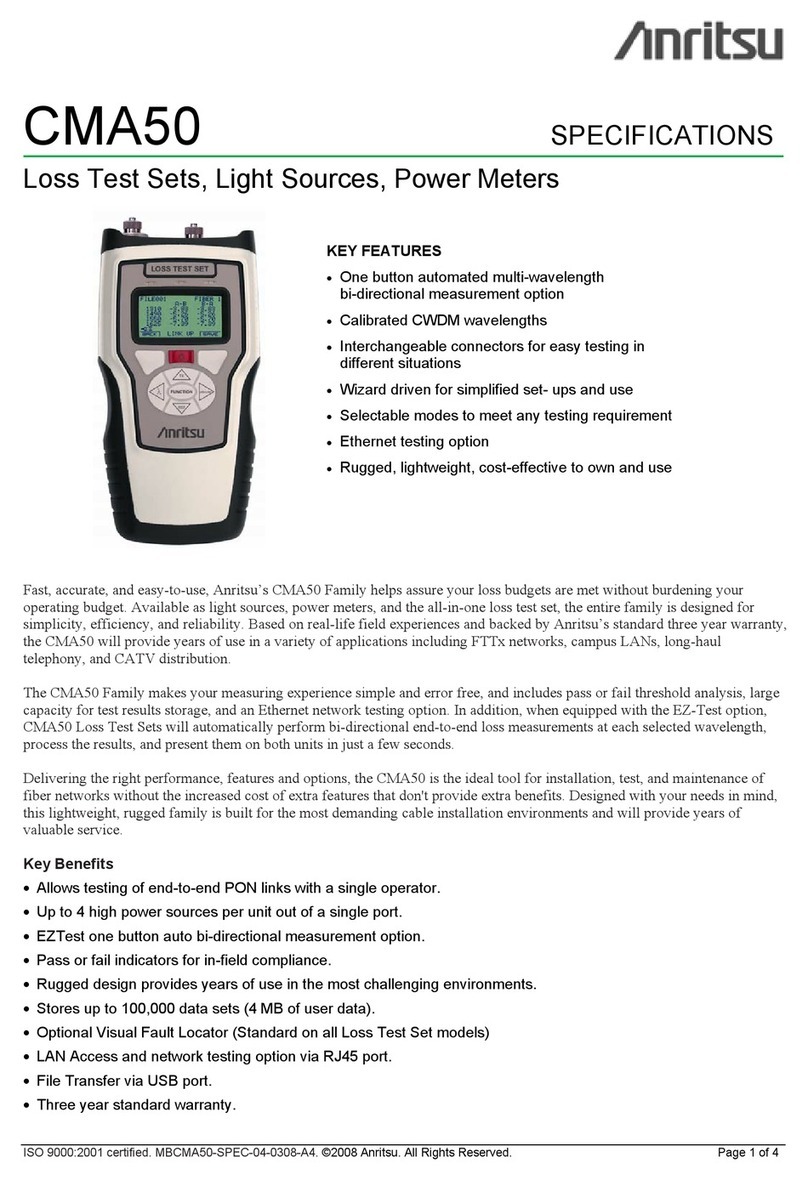Anritsu MT8802A User manual
Other Anritsu Measuring Instrument manuals
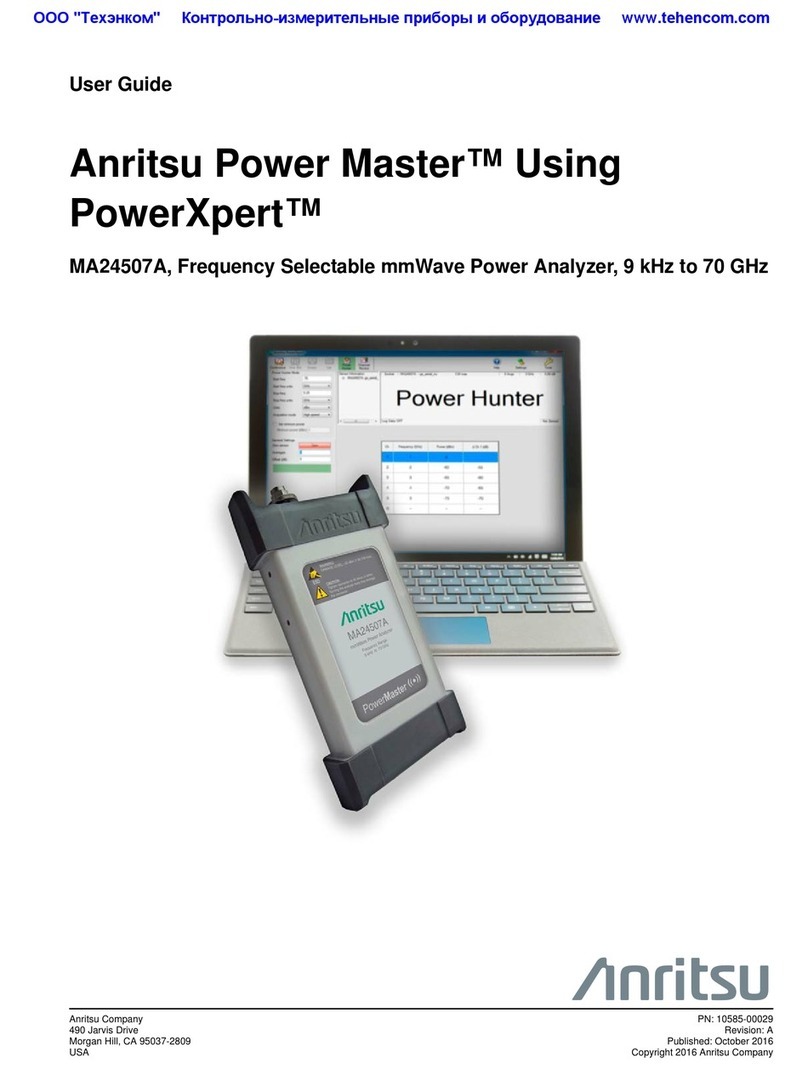
Anritsu
Anritsu Power Master MA24507A User manual
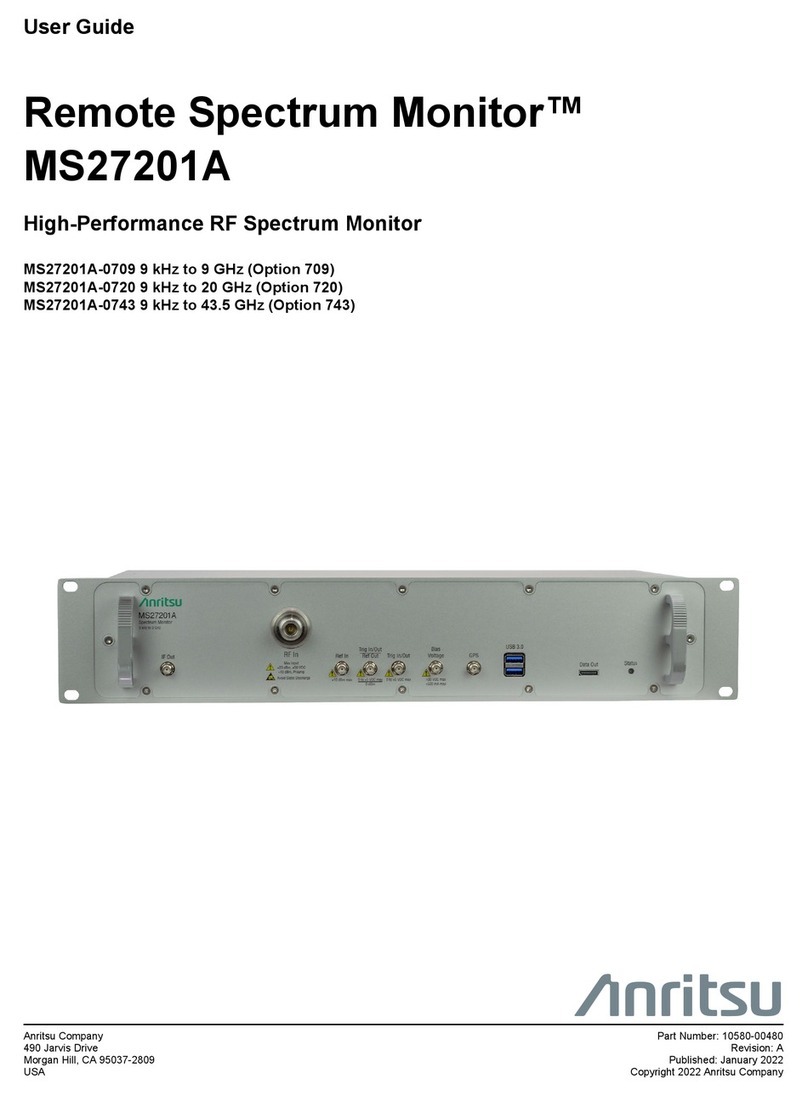
Anritsu
Anritsu MS2720 A Series User manual

Anritsu
Anritsu MS2024A Use and care manual

Anritsu
Anritsu ML2400A Series User manual
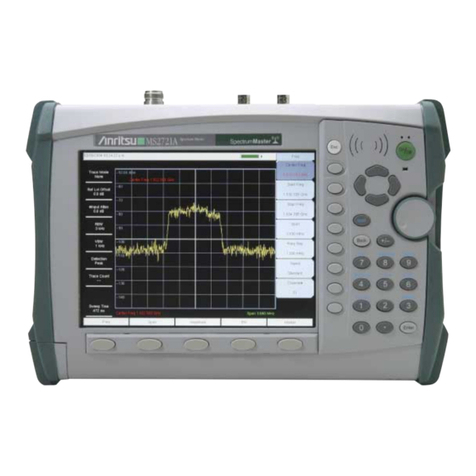
Anritsu
Anritsu Spectrum Master MS2721A User manual

Anritsu
Anritsu Cell Master MT8212B User manual

Anritsu
Anritsu ShockLine Series User manual

Anritsu
Anritsu VNA master User manual
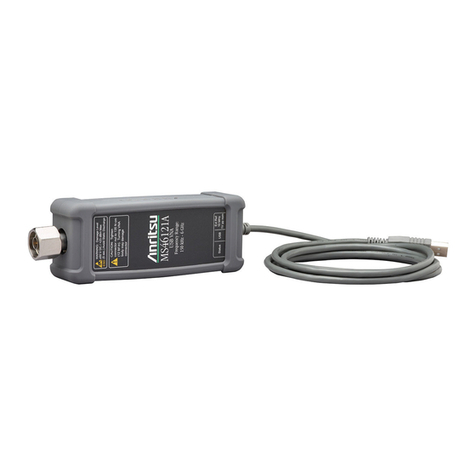
Anritsu
Anritsu ShockLine MS46121A Series User manual
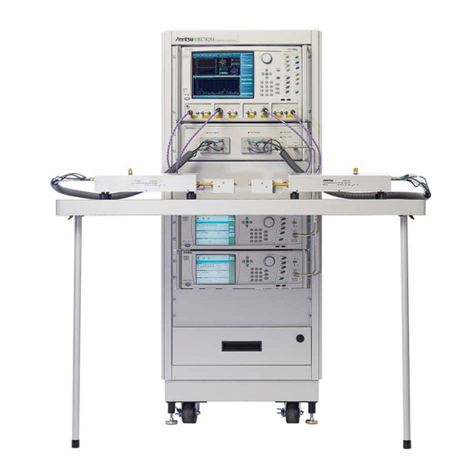
Anritsu
Anritsu VectorStar ME7828A Series User manual
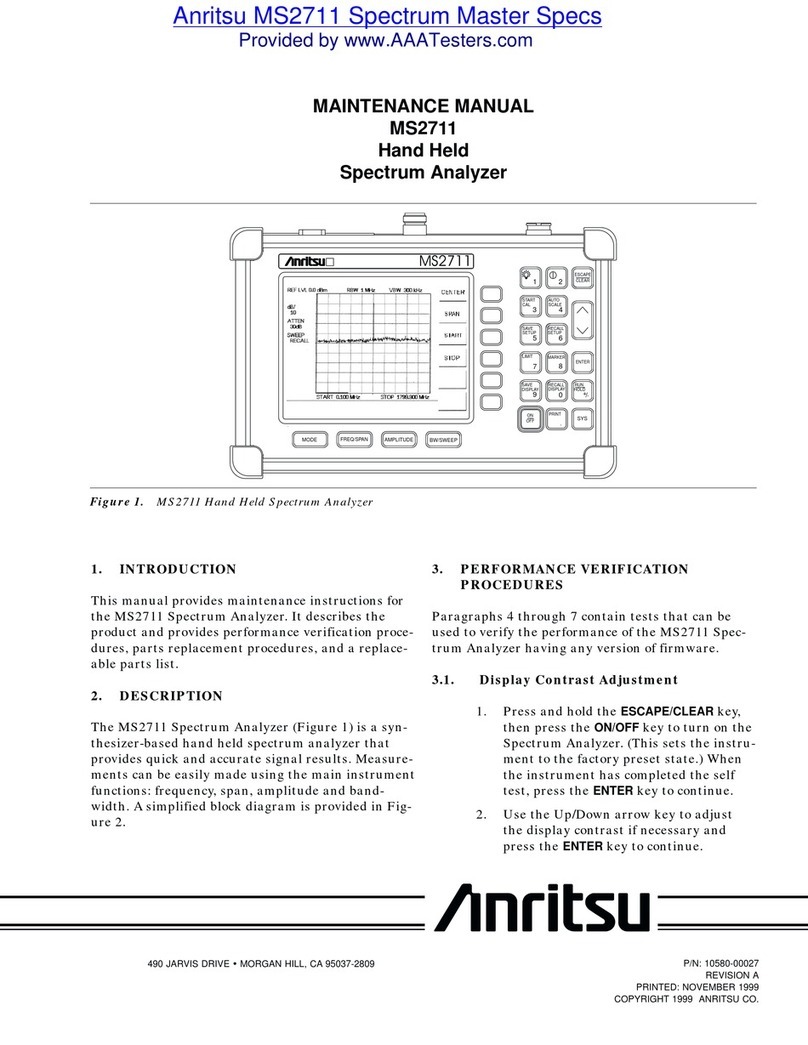
Anritsu
Anritsu MS2711 User manual
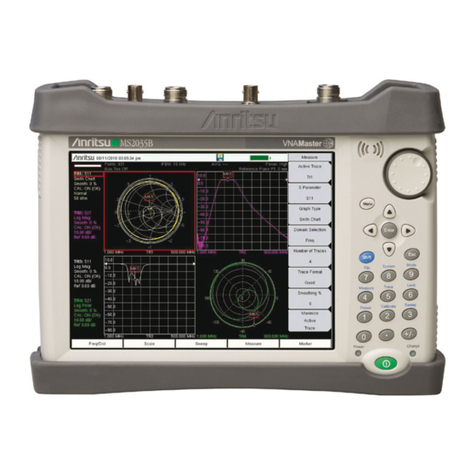
Anritsu
Anritsu VNA Master MS2024B User manual
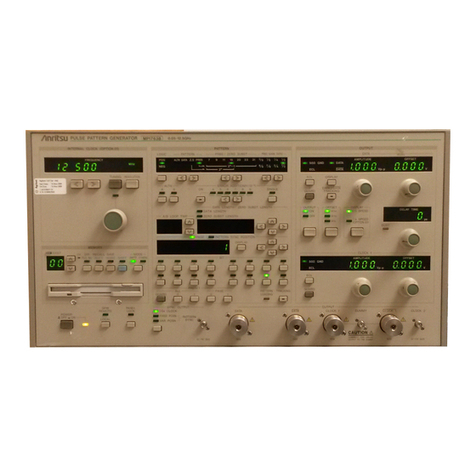
Anritsu
Anritsu MP1763C User manual
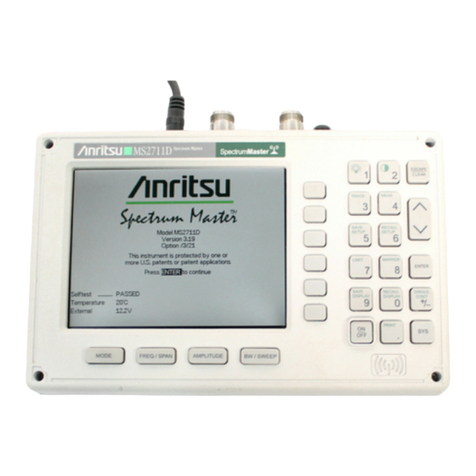
Anritsu
Anritsu Spectrum Master MS2711D User manual
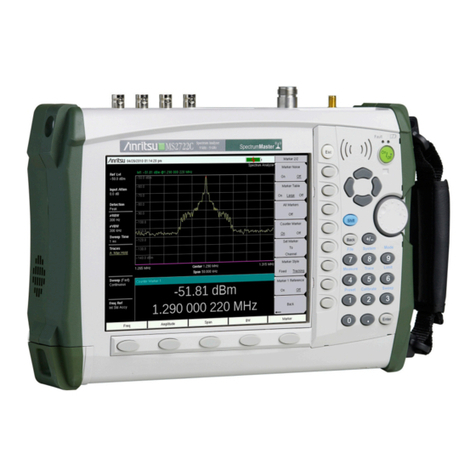
Anritsu
Anritsu MS2722C User manual
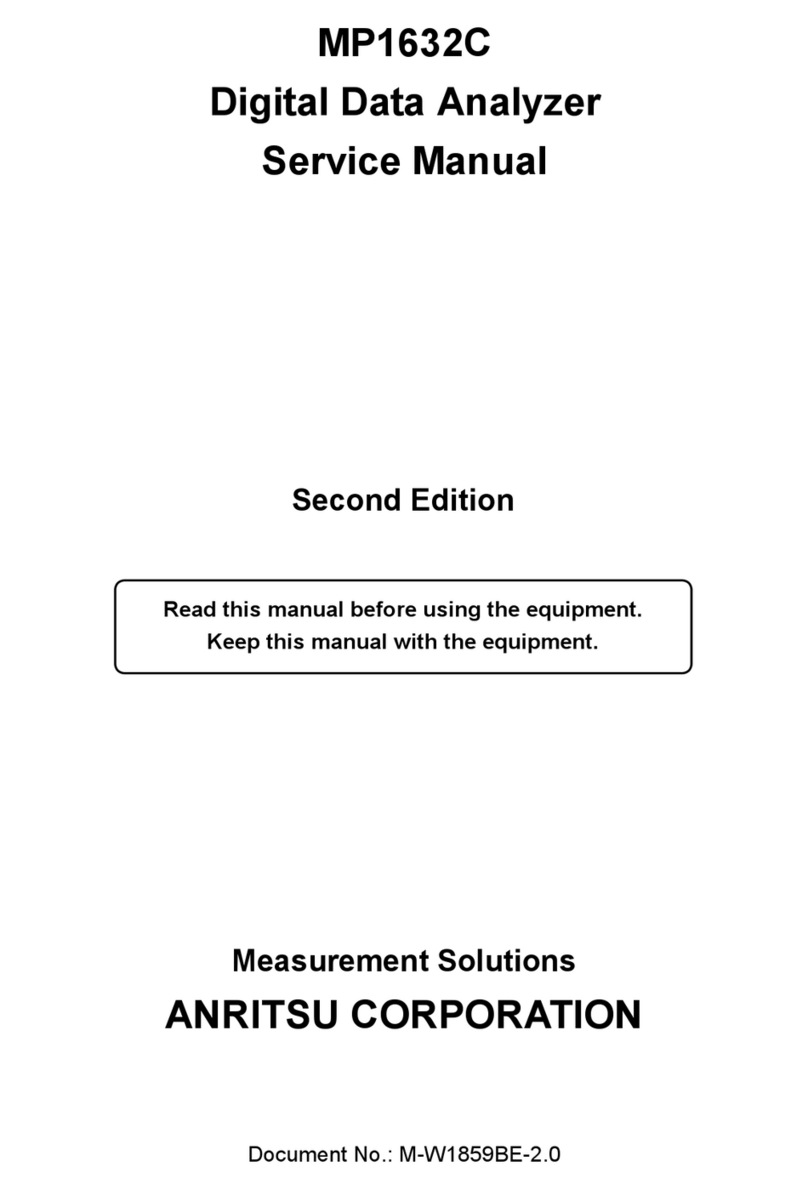
Anritsu
Anritsu MP1632C User manual

Anritsu
Anritsu MS2722C User manual
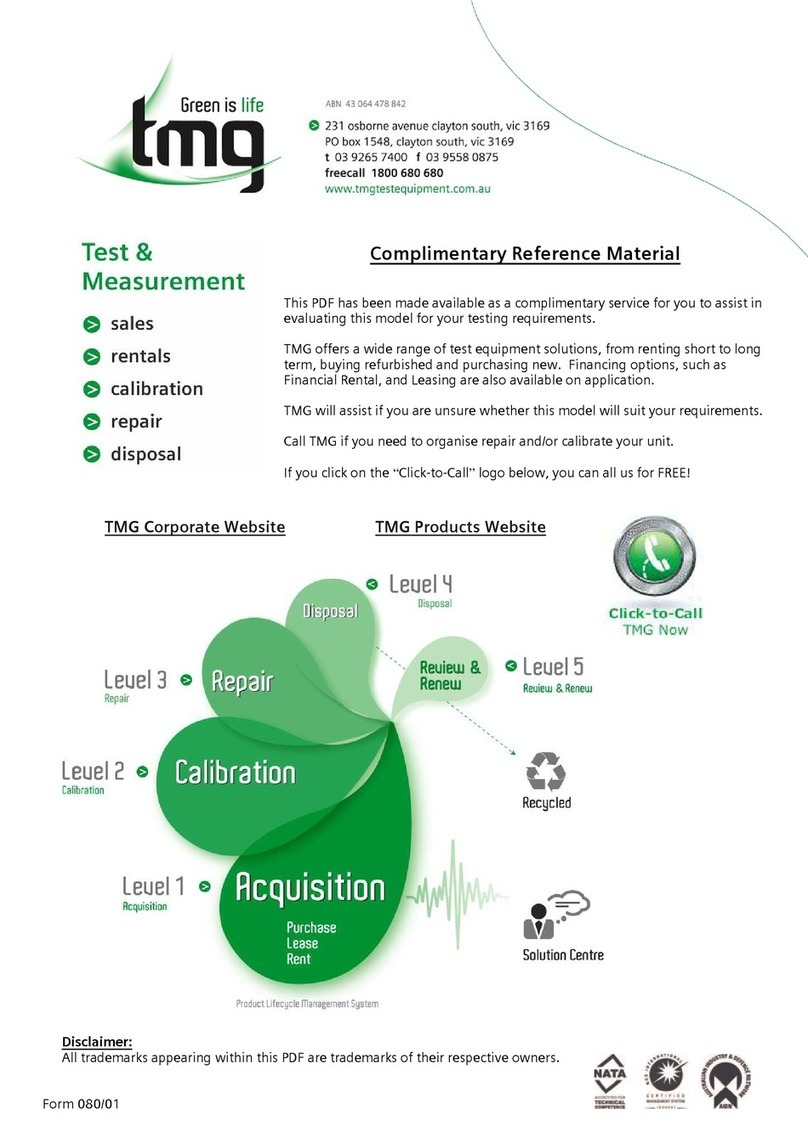
Anritsu
Anritsu Site Master S114C User manual
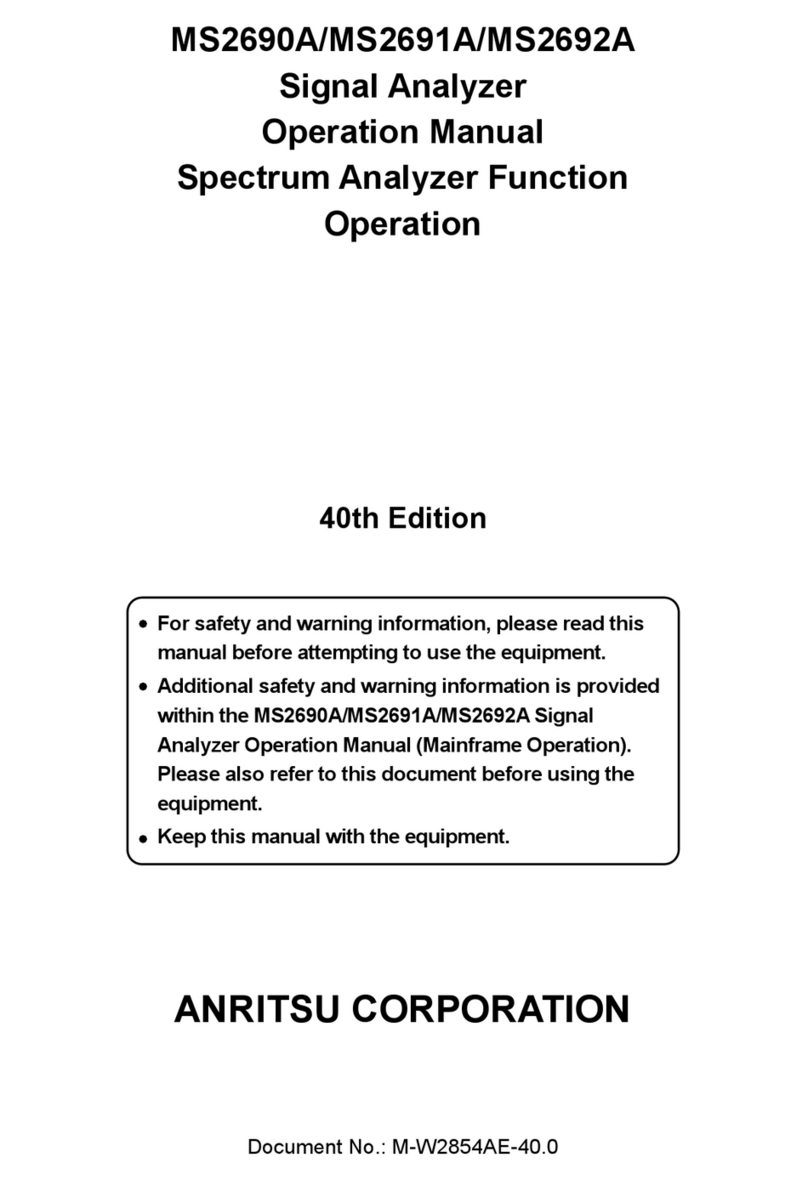
Anritsu
Anritsu MS2690A User manual

Anritsu
Anritsu Site Master S113BQ User manual
